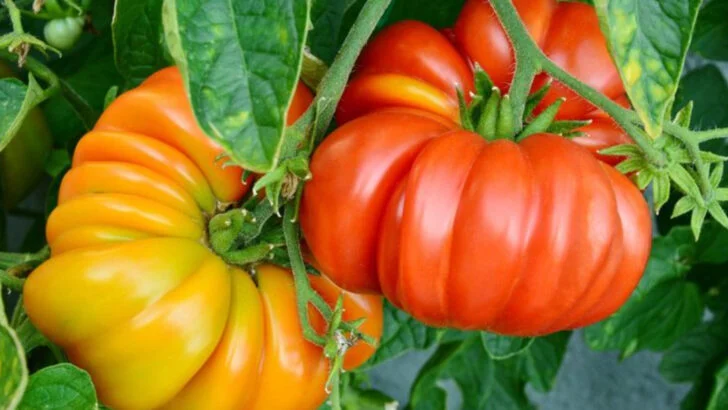Before raised beds and store-bought soil mixes, gardening was more than a weekend hobby—it was a way of life. Your great-grandparents didn’t need apps, influencers, or garden centers. They relied on observation, patience, and handed-down knowledge that came from living close to the land. Many of their garden practices may seem old-fashioned—or even strange—today, but they were often more sustainable, more effective, and more intuitive than what most people do now.
These forgotten techniques weren’t just about growing food; they were about working with the seasons, listening to the soil, and trusting nature. From saving seeds wrapped in cloth to reading weather by the shape of clouds, these methods didn’t need tech—they needed time. Many practices have been lost to convenience, but those who still follow them know their worth: bigger harvests, fewer pests, and healthier soil.
As interest in regenerative gardening and ancestral wisdom grows, more people are looking back to the past to find smarter ways to grow today. These 18 once-common garden practices may have slipped through the cracks of modern life—but they’re still just as powerful, if not more so. Whether you’re a beginner or a seasoned grower, these traditions might change the way you see your garden entirely.
Moon Planting
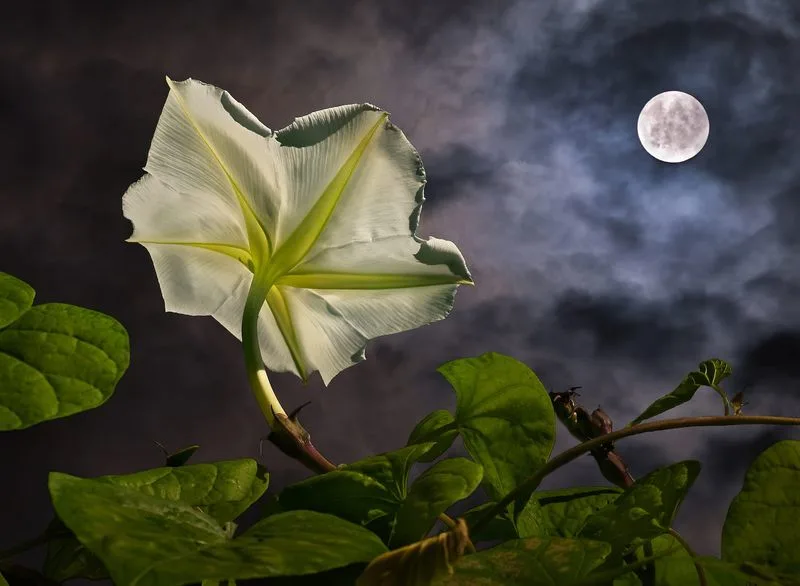
Great-grandparents often aligned their planting schedules with lunar cycles. This practice is based on the belief that the Moon’s phases affect plant growth. Planting during a full moon was thought to boost germination and plant vitality. It’s a method that echoes the rhythms of nature, encouraging gardeners to connect more deeply with their environment. While modern science may question its efficacy, many traditionalists swear by its results. Moon planting remains a testament to the observational skills of past generations.
Companion Planting
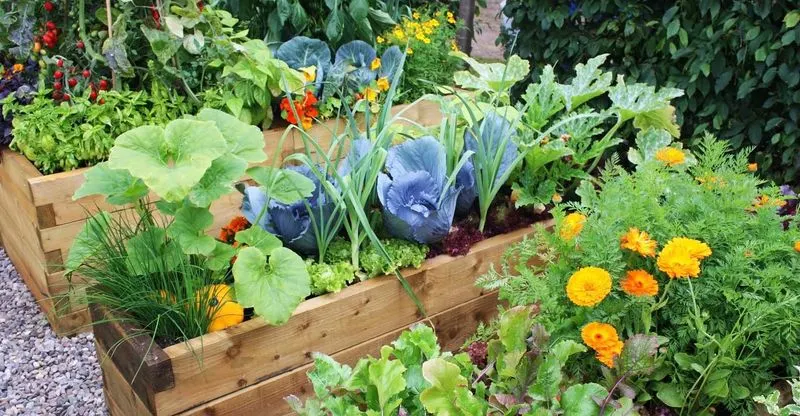
Mixing certain plants together can naturally deter pests and improve growth. This practice of companion planting was a staple in older gardens. For example, planting marigolds with tomatoes was known to repel nematodes. These pairings were not only practical but also aesthetically pleasing, creating lush, diverse gardens. By understanding the relationships between different plant species, gardeners could optimize space and resources. This tradition reflects a deep understanding of ecological balance.
Natural Pest Deterrents
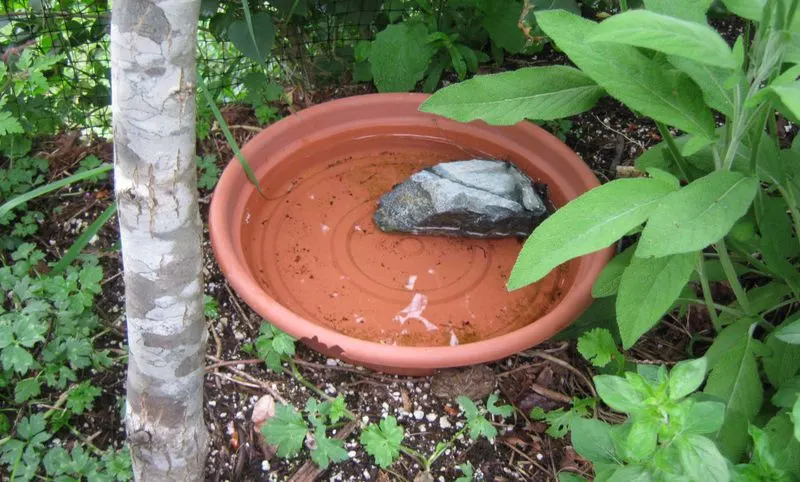
Chemical pesticides were rare in great-grandparents’ gardens. Instead, they relied on natural solutions like garlic or chili sprays and introducing beneficial insects like ladybugs. These methods were environmentally friendly and maintained garden health without harming beneficial organisms. By using ingredients readily available and sustainable, they minimized environmental impact. The wisdom of using nature to control nature is a principle that’s being revisited by many modern organic gardeners.
Homemade Composting
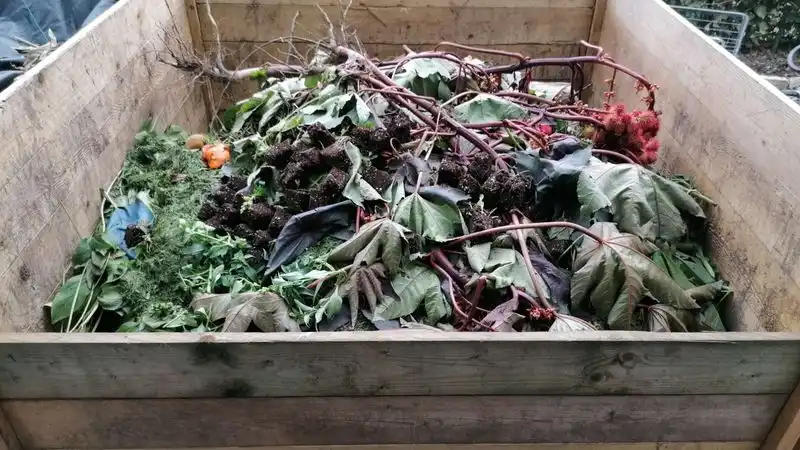
Before the convenience of packaged fertilizers, composting was commonplace. Kitchen scraps and yard waste were transformed into nutrient-rich compost. This practice emphasized recycling and sustainability, returning essential nutrients to the soil. The process of decomposing organic matter was both an art and a science, requiring patience and attention to detail. It’s a practice that reflects a no-waste mentality, deeply ingrained in past generations’ approach to gardening.
Seed Saving
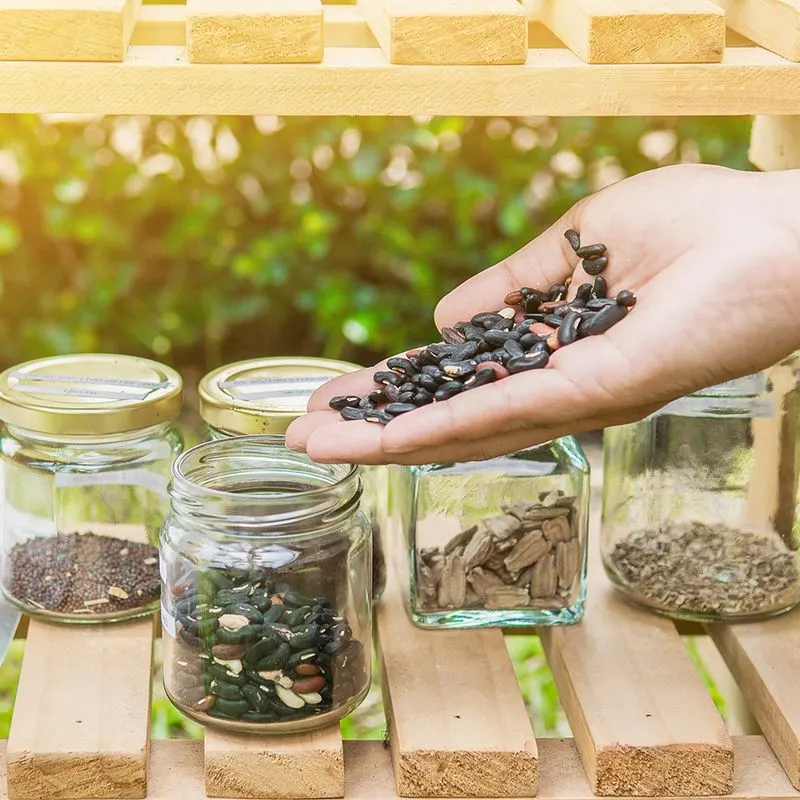
Saving seeds from the best plants for future planting was a common practice. This not only saved money but also ensured that successful plant traits were preserved. Seed saving involved drying and storing seeds properly to maintain their viability. This practice promoted biodiversity and a unique connection to the garden. It’s a testament to a self-sufficient lifestyle and has seen a resurgence among heirloom gardeners today, celebrating the continuation of plant heritage.
Crop Rotation
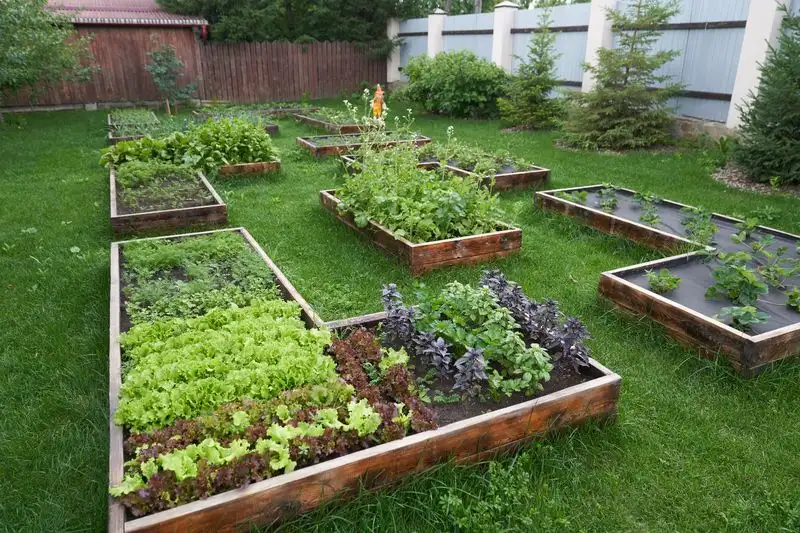
Every season, crops were rotated to maintain soil fertility and reduce pest and disease build-up. This practice is one of the earliest forms of sustainable agriculture. By changing the types of crops grown in each bed, nutrients were better managed, and soil health was improved. It was an intuitive process that required careful planning and understanding of each crop’s needs. Crop rotation is a simple yet effective way to maintain balanced and productive gardens.
Rainwater Harvesting
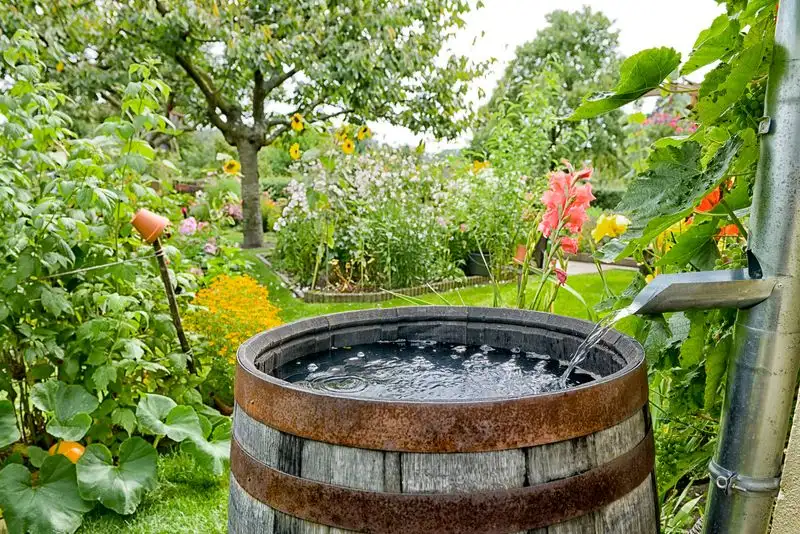
Water conservation was a crucial aspect of garden management. Rainwater harvesting systems collected precious rain, providing a natural and free source of water. This helped reduce dependency on municipal water supplies and ensured gardens thrived even in dry spells. Such systems were ingeniously simple, relying on gravity and clever positioning. Today, rainwater harvesting is recognized for its environmental benefits and is being reintroduced in urban gardening.
Heritage Plant Varieties
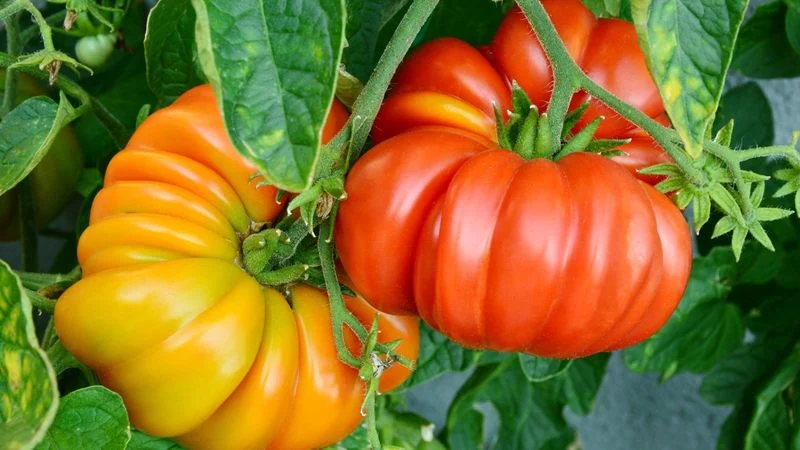
Heirloom plant varieties were cherished for their flavor and resilience. Passed down through generations, these plants offer a rich genetic diversity. Unlike modern hybrids, heirlooms are open-pollinated, meaning they naturally adapt to their environment. This practice celebrates the uniqueness of each plant and its history. Heirloom gardening connects us to our past, offering flavors and aesthetics that commercial varieties may lack. It emphasizes the importance of preserving plant diversity.
Mulching Techniques
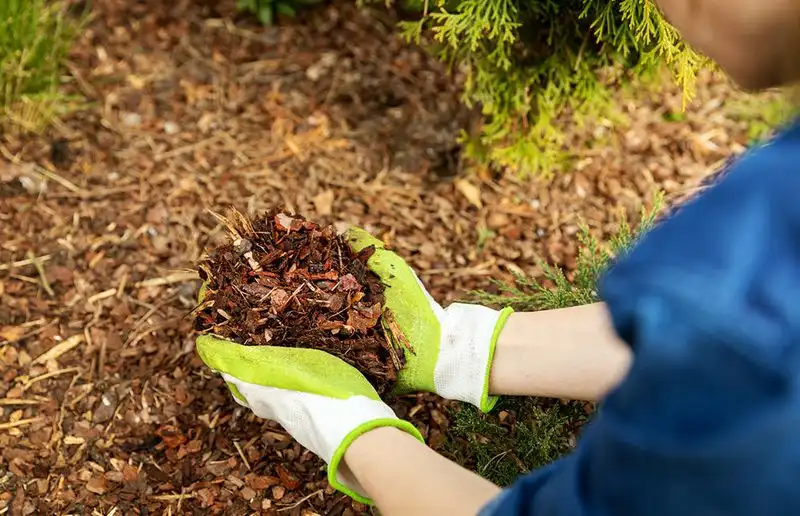
Mulching was used to retain moisture, suppress weeds, and enrich the soil. Materials like straw, wood chips, or leaves were common choices. This practice reduced water evaporation and kept gardens thriving with less effort. Mulching was more than just a practical solution; it was a way to mimic natural processes, creating a protective blanket for the soil. This technique is still vital today, especially in maintaining organic gardens focused on soil health.
Biodynamic Gardening
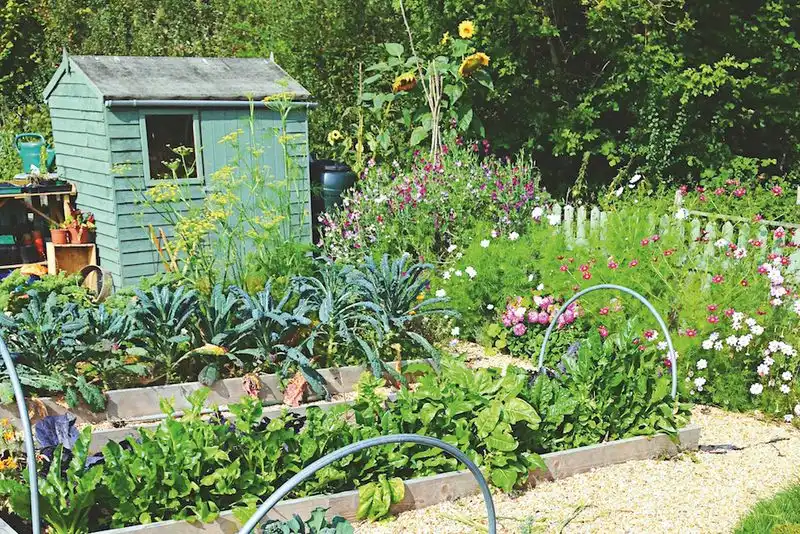
This holistic approach treats the garden as a living ecosystem, with celestial influences playing a role. Biodynamic gardening incorporates specific preparations and planting calendars. It’s a practice that combines spirituality with agriculture, respecting the interconnectedness of life. Great-grandparents who practiced this believed in enhancing the vitality of soil and plants. Today, it’s seen as an advanced form of organic gardening, emphasizing soil health and biodiversity.
Espalier Techniques
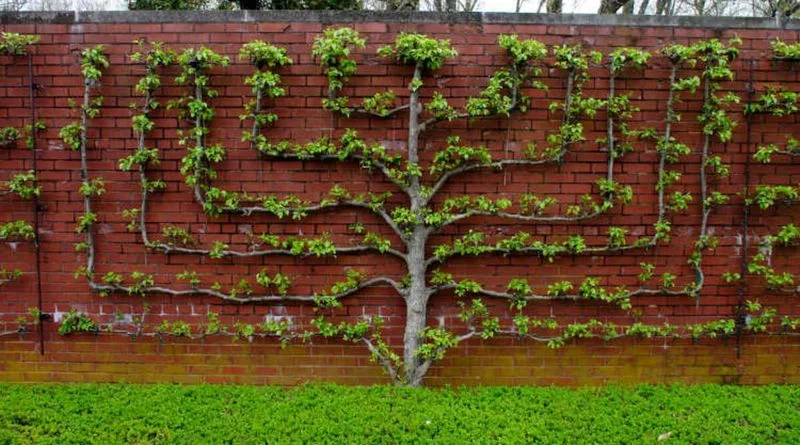
Espaliering involves training trees to grow flat against a wall or trellis. This technique was used to save space and improve fruit production. It’s a practice that requires patience and artistry, transforming ordinary trees into living sculptures. Espaliered trees not only maximize limited space but also create stunning visual displays. These trained forms were practical, making harvest easier and increasing sun exposure for better fruit ripening.
Cold Frame Gardening
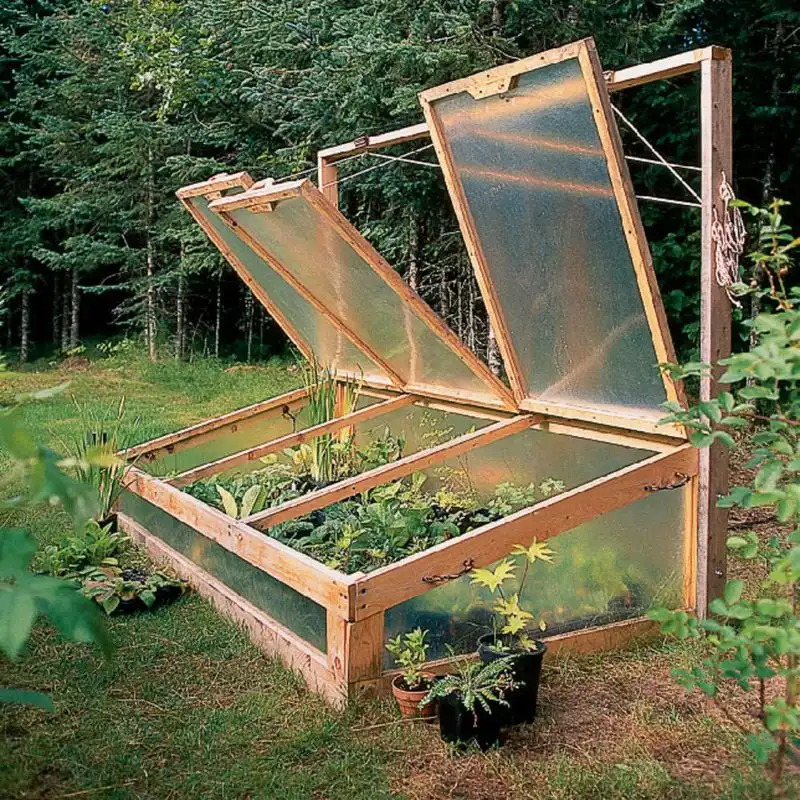
Cold frames extend the growing season, allowing for early planting and late harvesting. Constructing a basic structure with a glass or plastic top creates a microclimate for tender plants. This method was invaluable for overcoming harsh weather conditions, enabling continuous cultivation. Cold frames provide a controlled environment, sheltering plants from the elements while harnessing solar energy. This approach embodies the ingenuity of past gardeners in maximizing their growing potential year-round.
Soil Testing by Observation
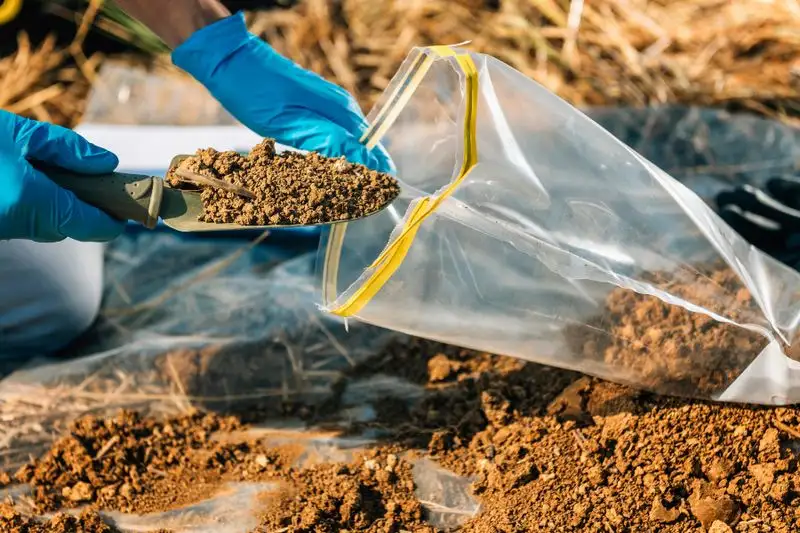
Before modern soil tests, gardeners assessed soil health through observation and touch. The texture, color, and smell provided clues about nutrient levels and composition. This intuitive practice required a keen eye and experience. By learning from the land, they adapted their gardening practices accordingly. Such methods fostered a deep connection with nature, allowing them to cultivate healthy, productive gardens. Observational skills were passed down, forming the backbone of traditional gardening lore.
Fermentation Fertilizers
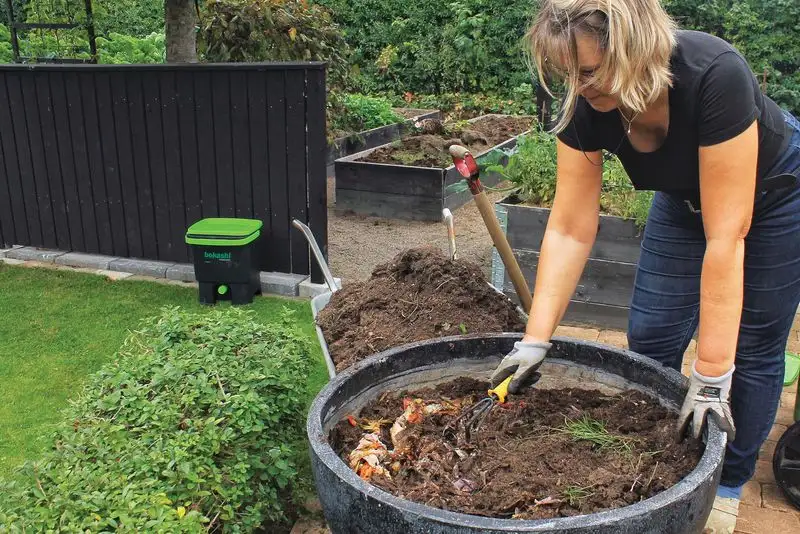
Fermentation fertilizers, made from weeds or plant material, enriched gardens with nutrients. This method involved creating a liquid fertilizer by soaking plant matter until it decomposed. The resulting concoction was a potent, natural fertilizer promoting vigorous growth. It’s a practice rooted in using what the garden provides, turning waste into a valuable resource. Fermentation fertilizers represent innovation and sustainability, with many contemporary gardeners revisiting this technique for its effectiveness.
Vertical Gardening
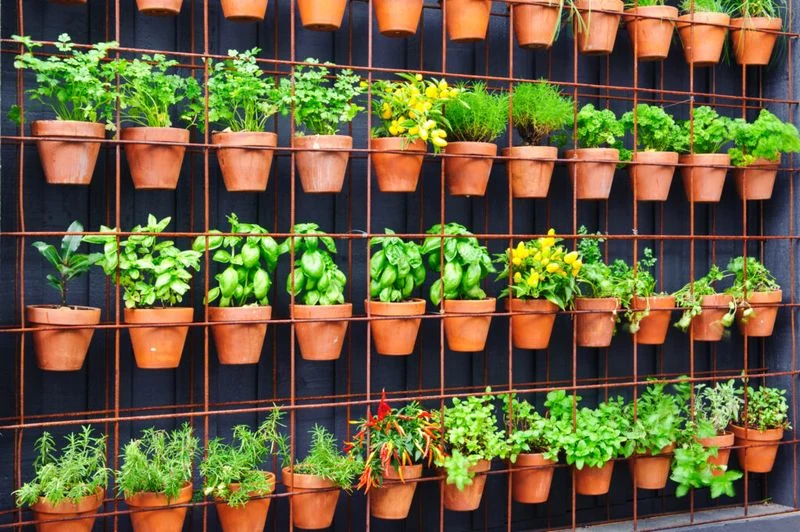
Vertical gardening utilized space efficiently, allowing more plants in smaller areas. This technique involved growing plants upward on structures like walls or trellises. It was particularly popular in urban settings with limited ground space. Vertical gardens not only maximized space but also added aesthetic value, creating green walls that were visually appealing. They exemplified a creative approach to gardening challenges, with vertical arrays becoming both functional and decorative.
Bee-Friendly Practices
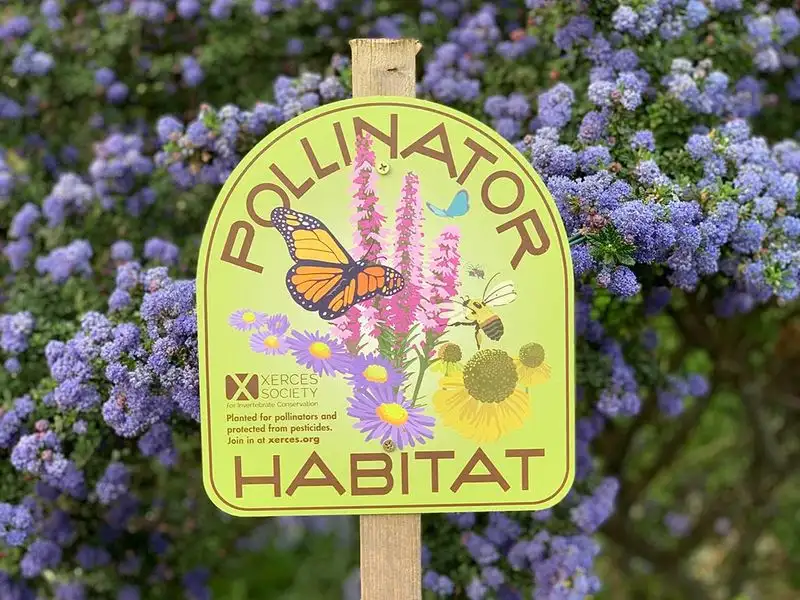
Encouraging pollinators like bees was integral to garden success. Practices included planting bee-friendly flowers and avoiding pesticides. This created a thriving ecosystem where plants were pollinated naturally, enhancing yields. Bee-friendly gardens supported biodiversity and reflected a respect for the natural world. Promoting such environments was key to maintaining balanced ecosystems. Today, as bee populations decline, these practices are more important than ever, reminding us of the interconnectedness of all life.
Handmade Garden Tools
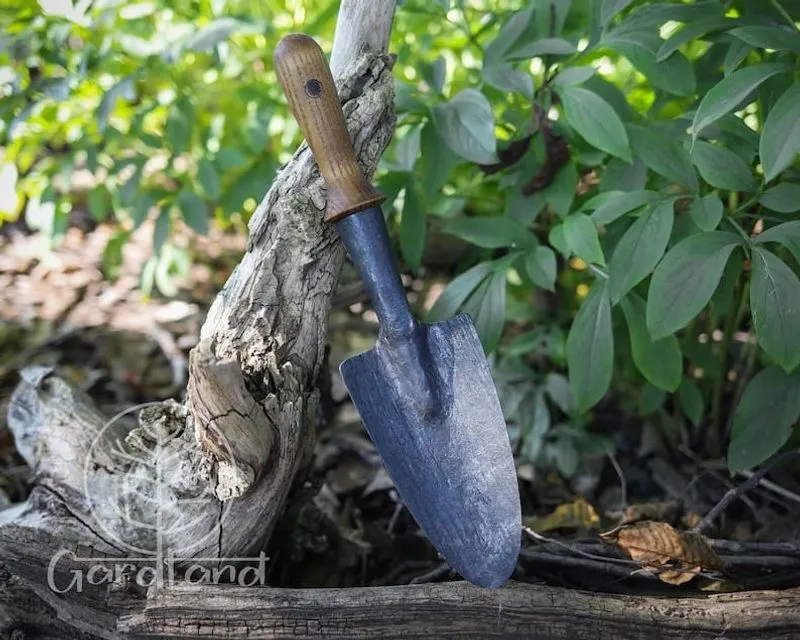
Tools crafted by hand were a staple in every gardener’s shed. These bespoke tools were designed for specific tasks, fitting the user perfectly. Making their own tools allowed gardeners to customize their equipment, ensuring efficiency and ease of use. This practice highlights resourcefulness and self-reliance, traits celebrated by past generations. Handmade tools carried a sense of pride and personal connection, often passed down as heirlooms. The craftsmanship involved speaks to a time when quality and functionality were paramount.

